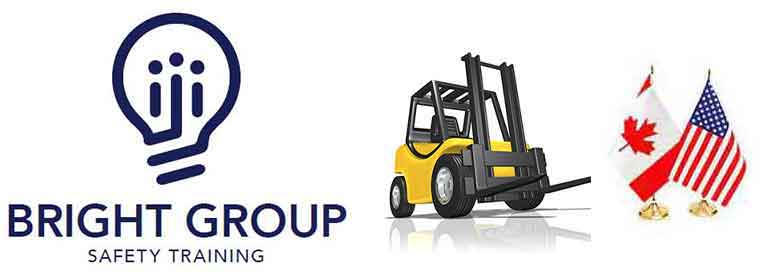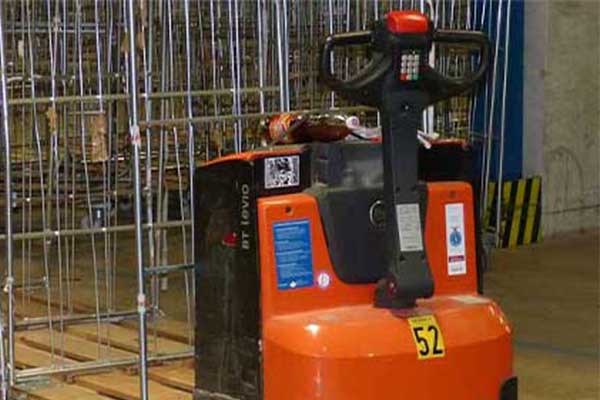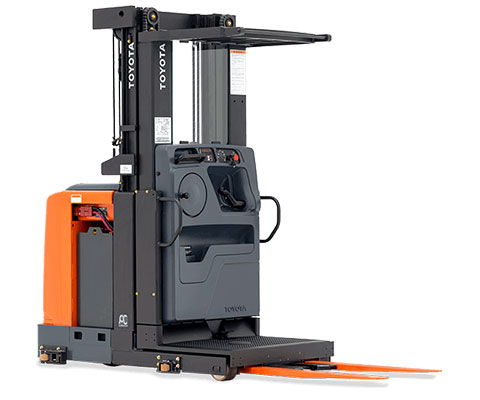



Our motorized Pallet Truck training / Rider Truck training, services the USA and Canada, Onsite training throughout Ontario includes: Hamilton, Burlington, Oakville, Toronto, London, Kitchener, St. Catherines, Windsor, Buffalo, New York and Detroit, Michigan. (Online Available with Corporate Discounts)
Welcome to electric Pallet Truck training certification, our sister course to Forklift operator driver training. The main objective of the industrial low Lift Truck training course, is to give trainees a general understanding of how to safely and efficiently operate a powered Walkie Reach Truck. The classroom training and the online Pallet Truck training will show trainees how to identify specific health and safety hazards associated with the operation of a powered mobile Hand Truck. This onsite testing is customized for workplace illiteracy, which reduces training time by 50%.
FAQs
Operator Evaluation
All drivers must have successfully completed the safe and efficient operation of a pallet truck in order to proceed to the evaluation. Every driver of a Low Industrial Lift Truck will be tested in how to safely and efficiently use their equipment. Whenever possible, this will be done during production hours. This will allow for an evaluation under the conditions the drivers will be required to operate the machinery in. Upon successful completion of the program, participants will be “Certified” to safely operate the equipment.
Evaluation Process
Completion Time
All drivers must have successfully completed the safe and efficient operation of a pallet truck in order to proceed to the evaluation. Every driver of a Low Industrial Lift Truck will be tested in how to safely and efficiently use their equipment. Whenever possible, this will be done during production hours. This will allow for an evaluation under the conditions the drivers will be required to operate the machinery in. Upon successful completion of the program, participants will be “Certified” to safely operate the equipment.
Request Onsite Quote